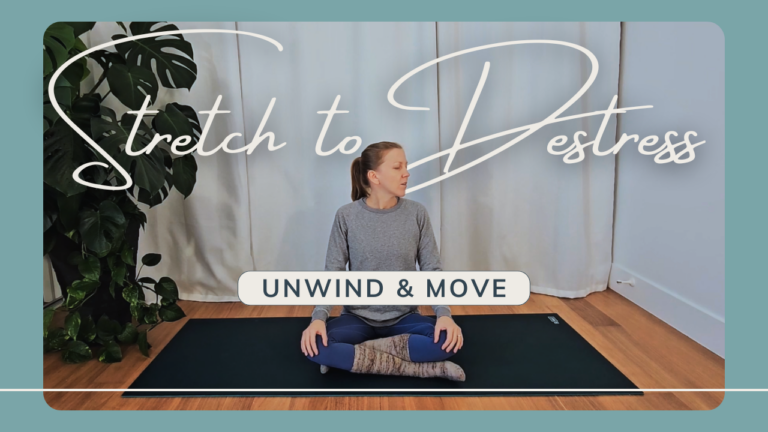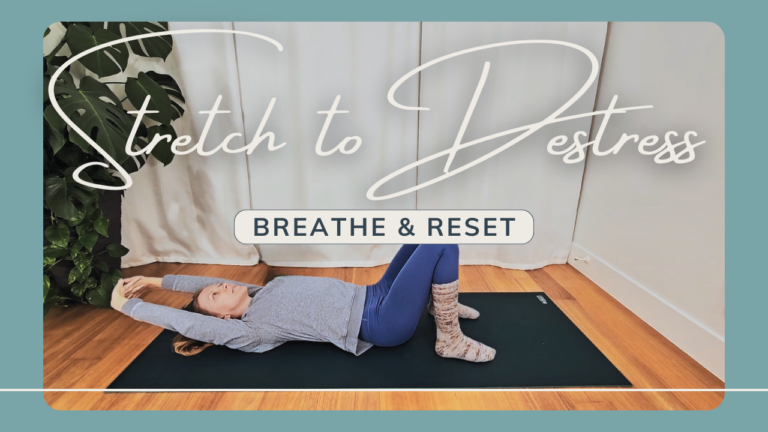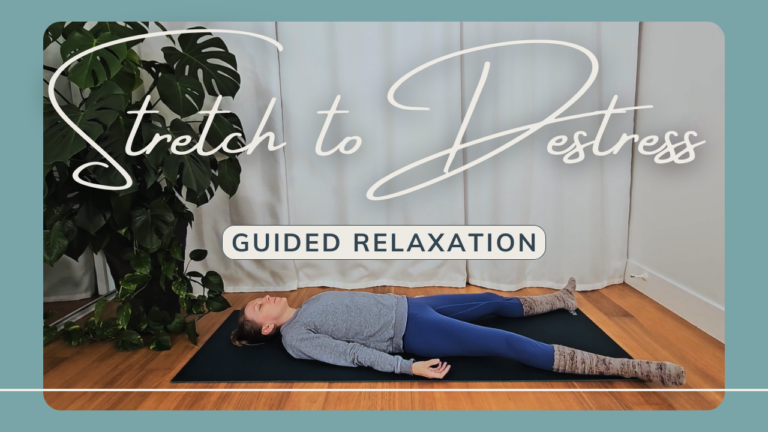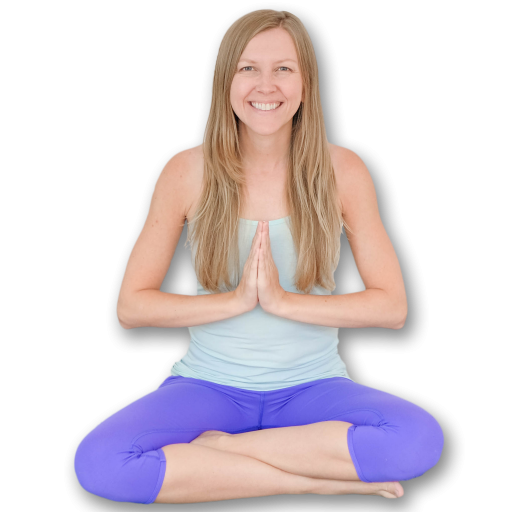Do you ever feel discomfort in your lower back after long hours of sitting at a desk or on the couch? If so, I’m not surprised (and I do, too!). While you may know it’s important to stretch after physical activity, you may not realize it’s also necessary after prolonged inactivity.















